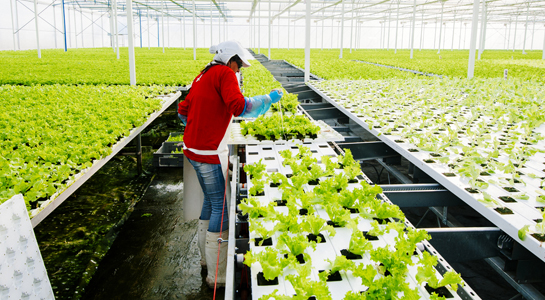
Growing Green
Aquaponics is possibly the only efficient, natural way to farm fruit and veg which can be sold locally to shops and the public thus reducing our carbon footprint.
- Absolutely no pesticides
- Absolutely no chemicals
- Only water
- Light
- Fish
- Natural bacteria
- a little electricity
Our Experience so far
Last year Robert built a small polytunnel to see how hydroponics would work for growing vegetables and fruit. As this was towards the end of the growing season there was little he could grow, however this year we have beetroot, chillies and tomatoes. Although this project is for Aquaponics the only difference is that we would use fish to provide nutrients for the plants which was not possible in the small space Robert had available. The process is effectively the same but without the use of chemicals.
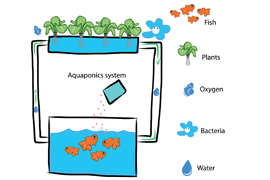
Although Aquaponics is a simple and efficient system there are a number of parts required to set up a fully functioning aquaponics farm. The kit list in this article will explain what is required for each poly tunnel and why.
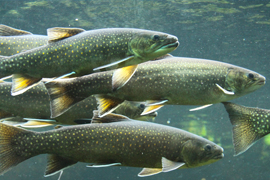
The fish habitat is clearly very important as we are looking after a living creature which will be providing nutrients for our plants. It's also important to ensure the fish don't run out of water which can happen in non CHOP systems.
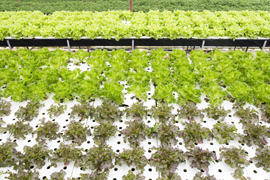
We will be growing all year round and we must have sufficient conveyor of young plants to refresh out main grow beds. Our seed beds will hold about 20,000 growing seeds which will be ready to plant to maintain stocks.
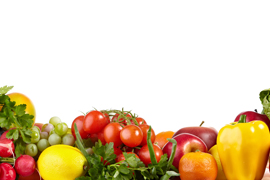
As soon as the plants are mature we will package them ready to sell from a farm shop where the public can pop in for a coffee see what aquaponics is all about and taste the difference in our produce.

